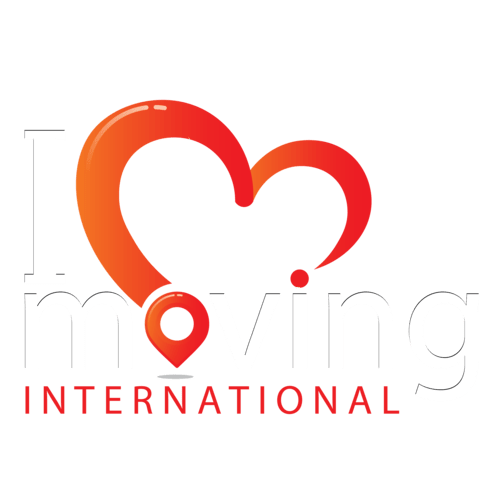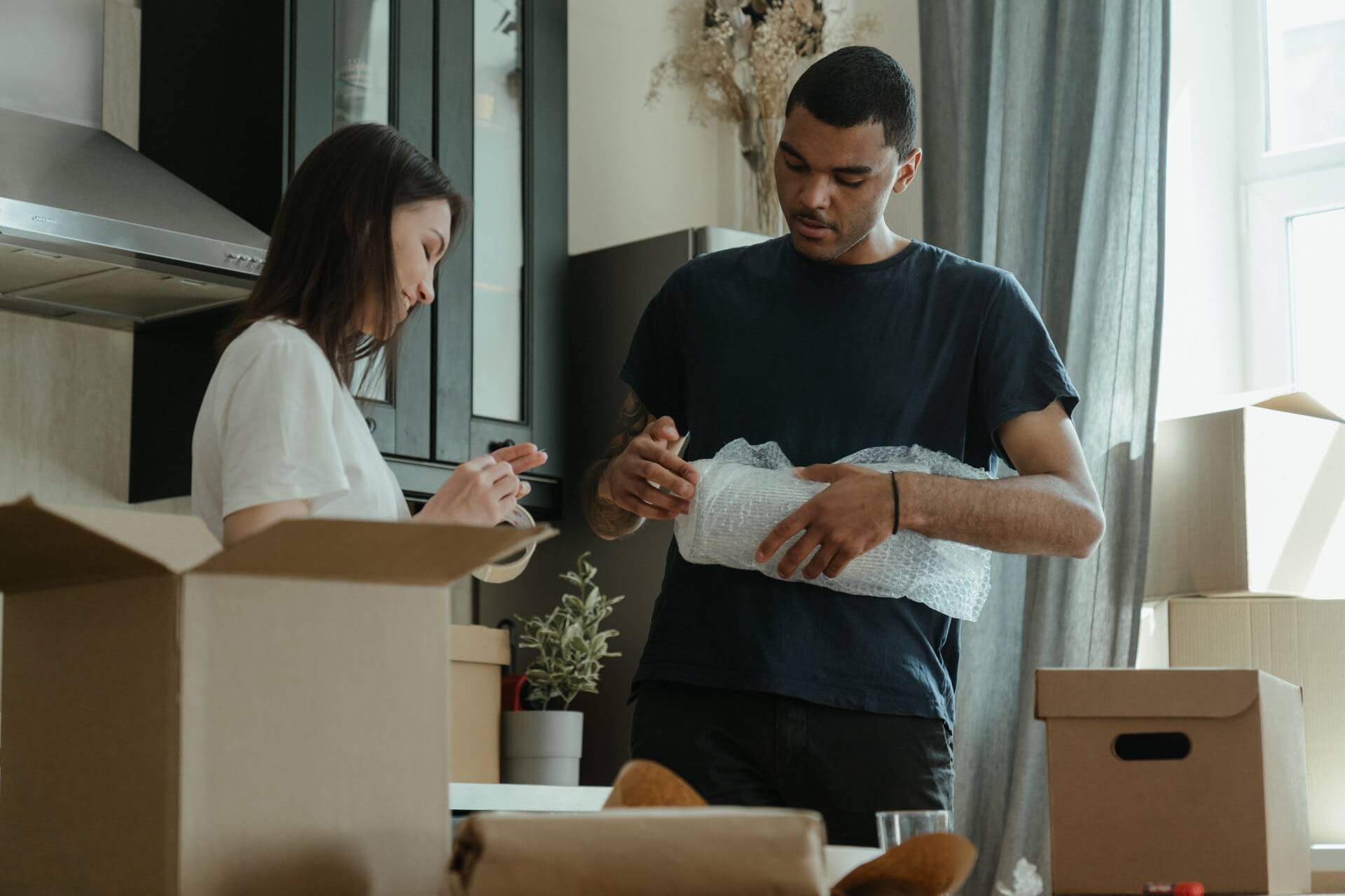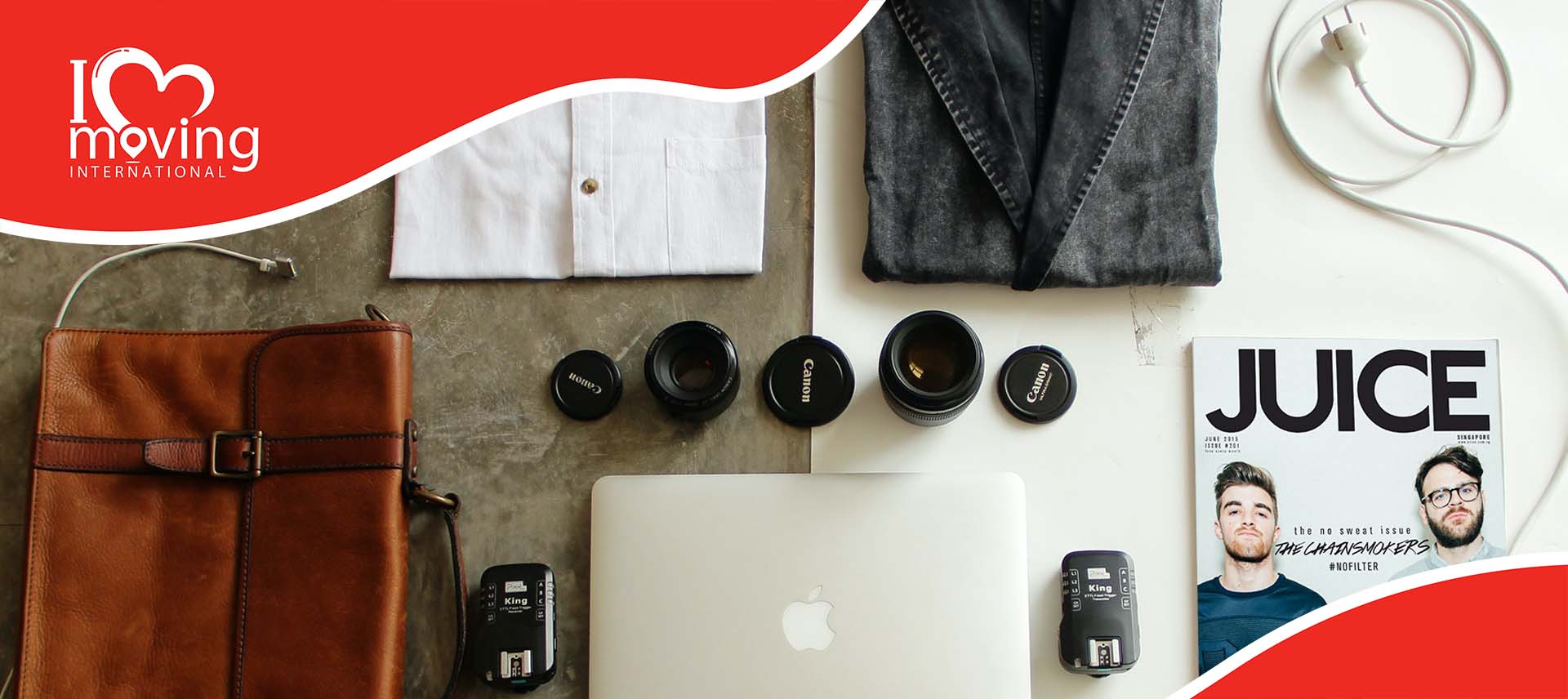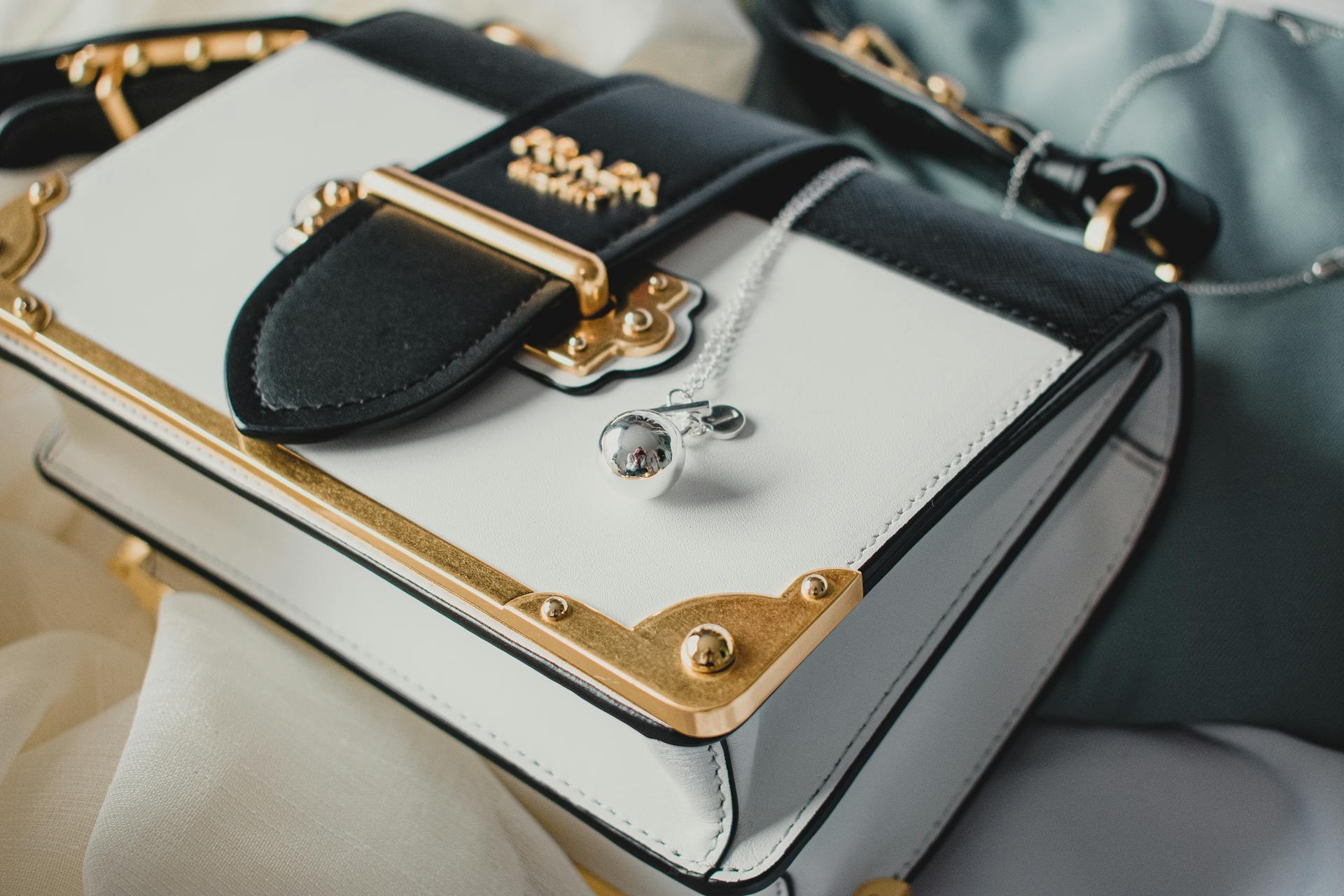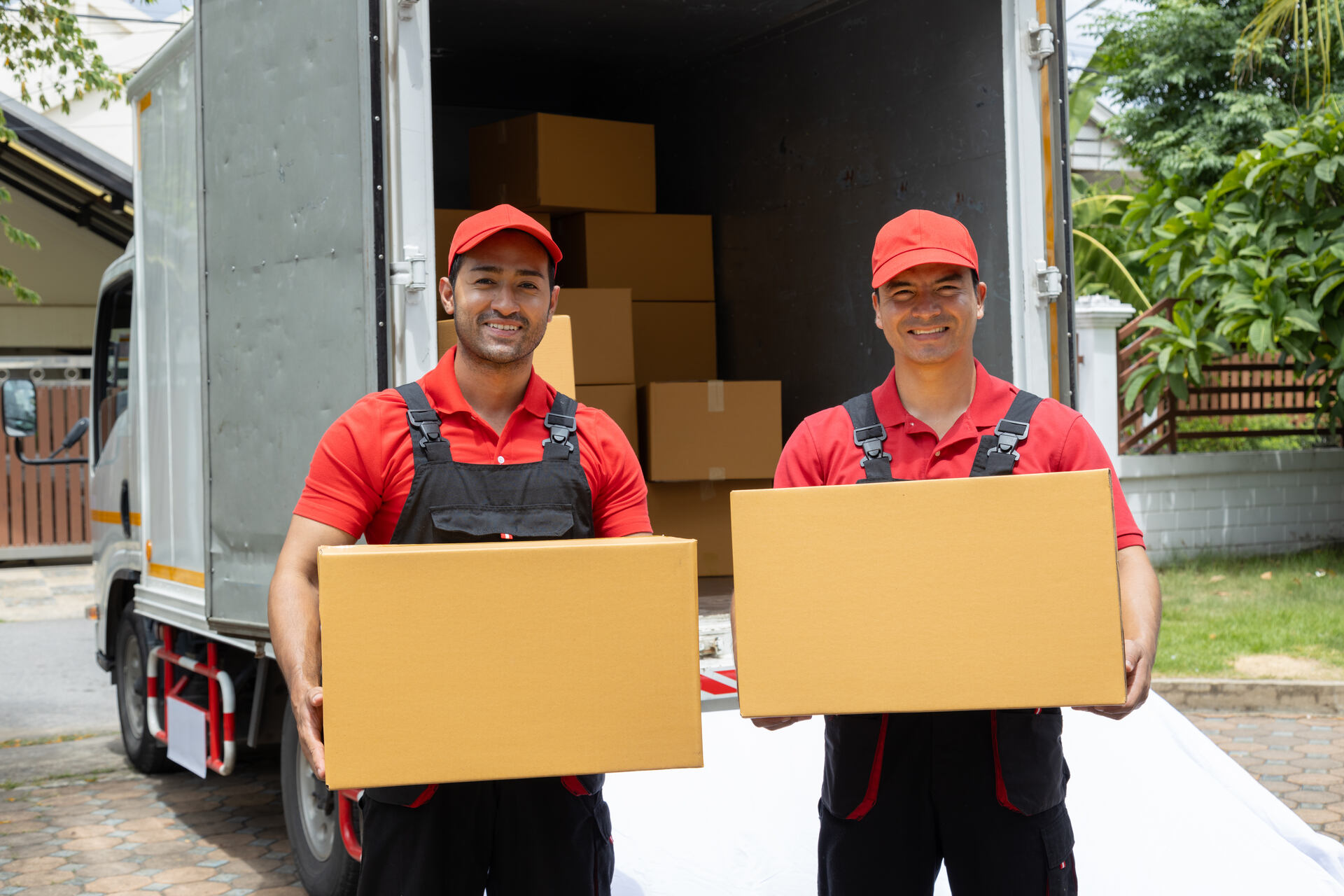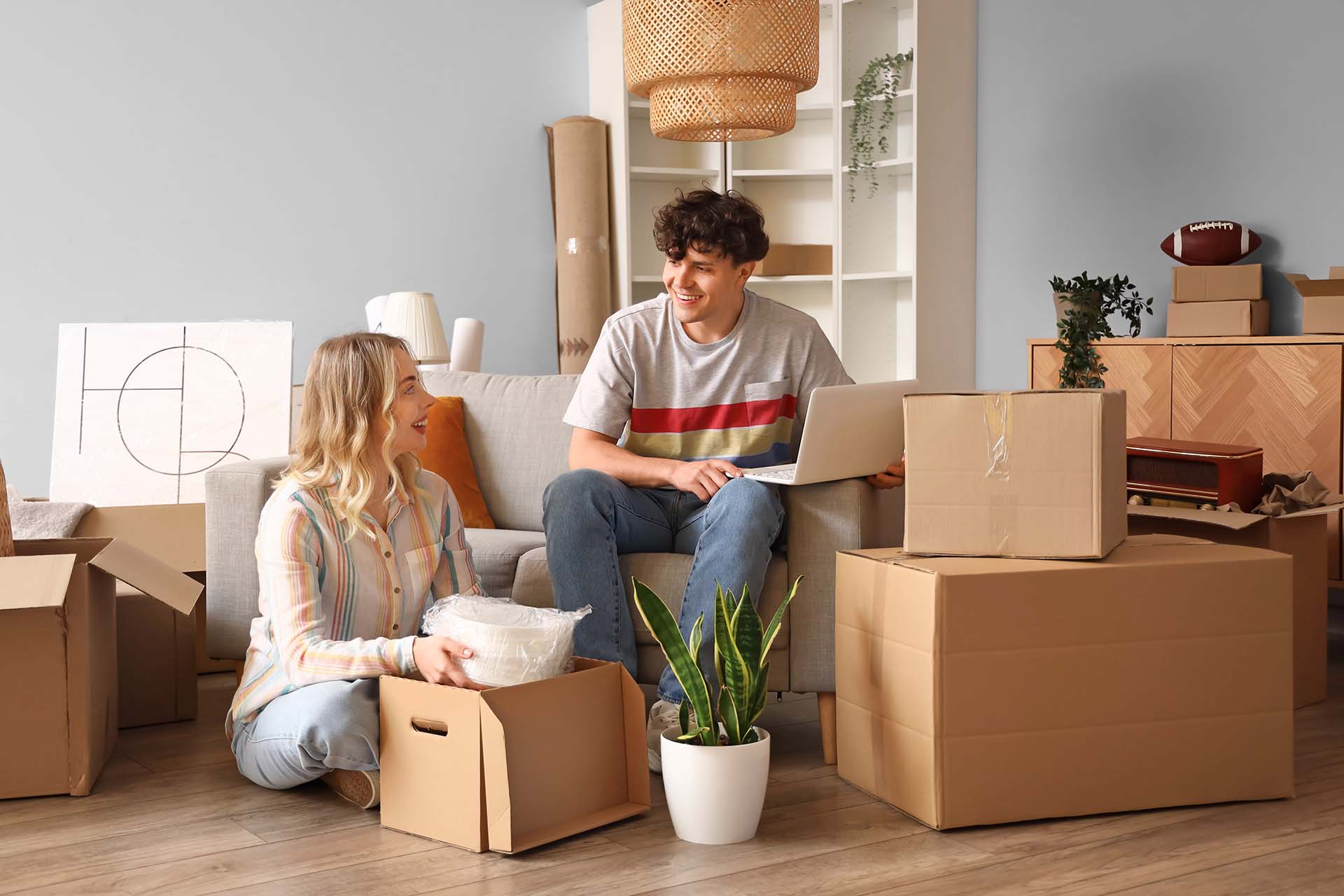Navigating a relocation can be daunting, especially when it comes to choosing the right packing materials to ensure your belongings’ safety. Explore all the different packing materials, learn their pros and cons, discover handy packing tips, and equip yourself with the knowledge to make informed decisions! Let’s ensure you have a stress-free, efficient, and effective moving experience.
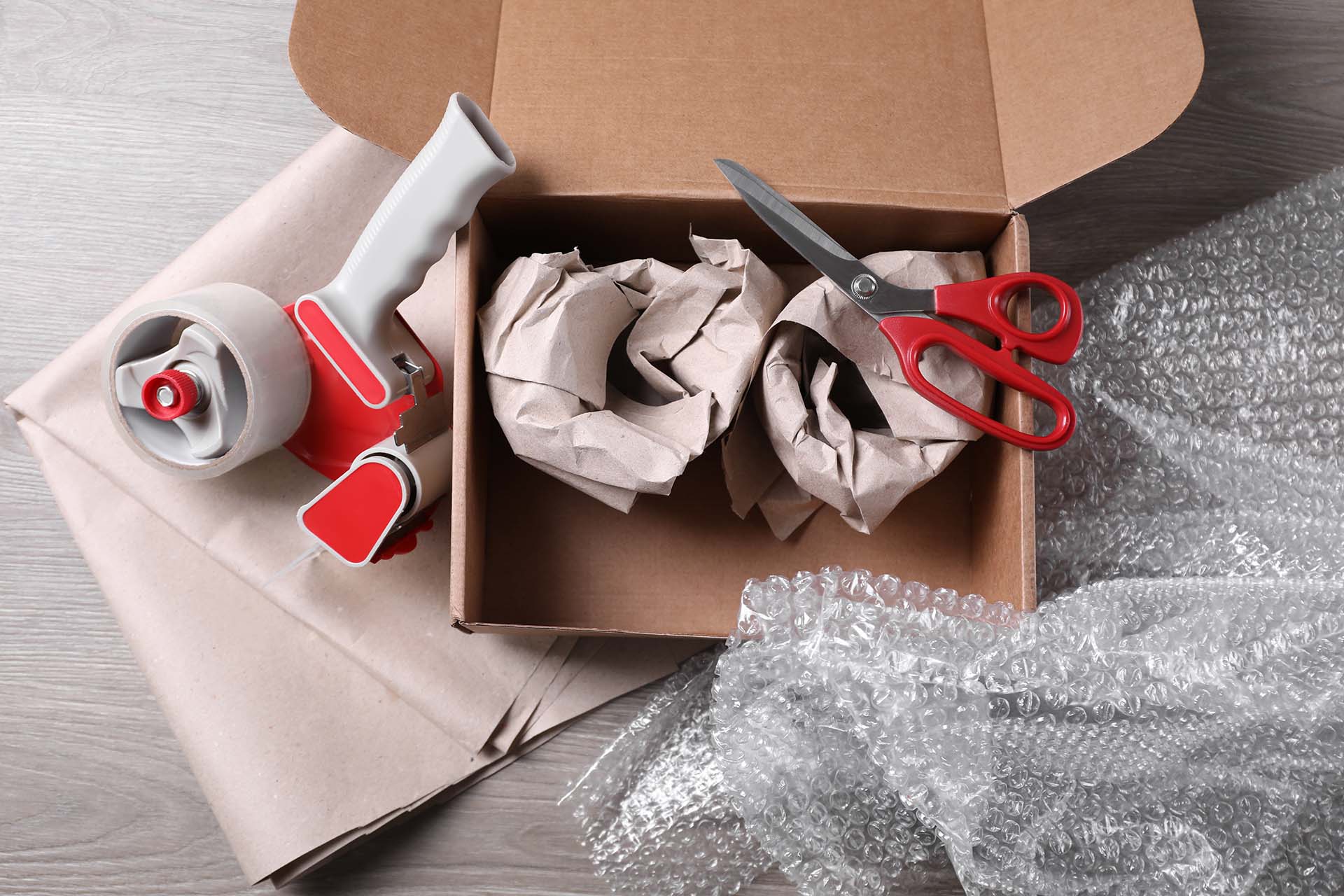
Why the Right Packaging Materials Matter
The process of moving overseas to a new home is intrinsically tied to the packaging materials you choose. It’s a pivotal decision that distinguishes a seamless, stress-free move from one punctuated by the heartbreak of damaged treasures. In the hustle and bustle of moving abroad, the integrity of your belongings can be easily undermined by inadequate supplies. Each item, from large items and furniture to delicate heirlooms, demands unique protection.
Investing in quality packaging materials is an investment in the safety and integrity of your possessions while they are entrusted to an overseas moving company. Cardboard boxes, while common, can vary significantly in quality. A sturdy box can shield your belongings from the rigors of transit. Meanwhile, protective wraps and fillers mitigate the internal shifting of items, absorbing shocks and preventing scratches, ensuring that unpacking after the relocation is greeted with relief, not dismay.
In an era that is increasingly conscious of environmental impact, the market is brimming with eco-friendly options. These alternatives do not compromise on protection but afford the mover an opportunity to mitigate their ecological footprint. Biodegradable bubble wraps, recyclable plastics, and compostable fillers marry ethics with efficient relocation, proving that quality need not be sacrificed for sustainability.
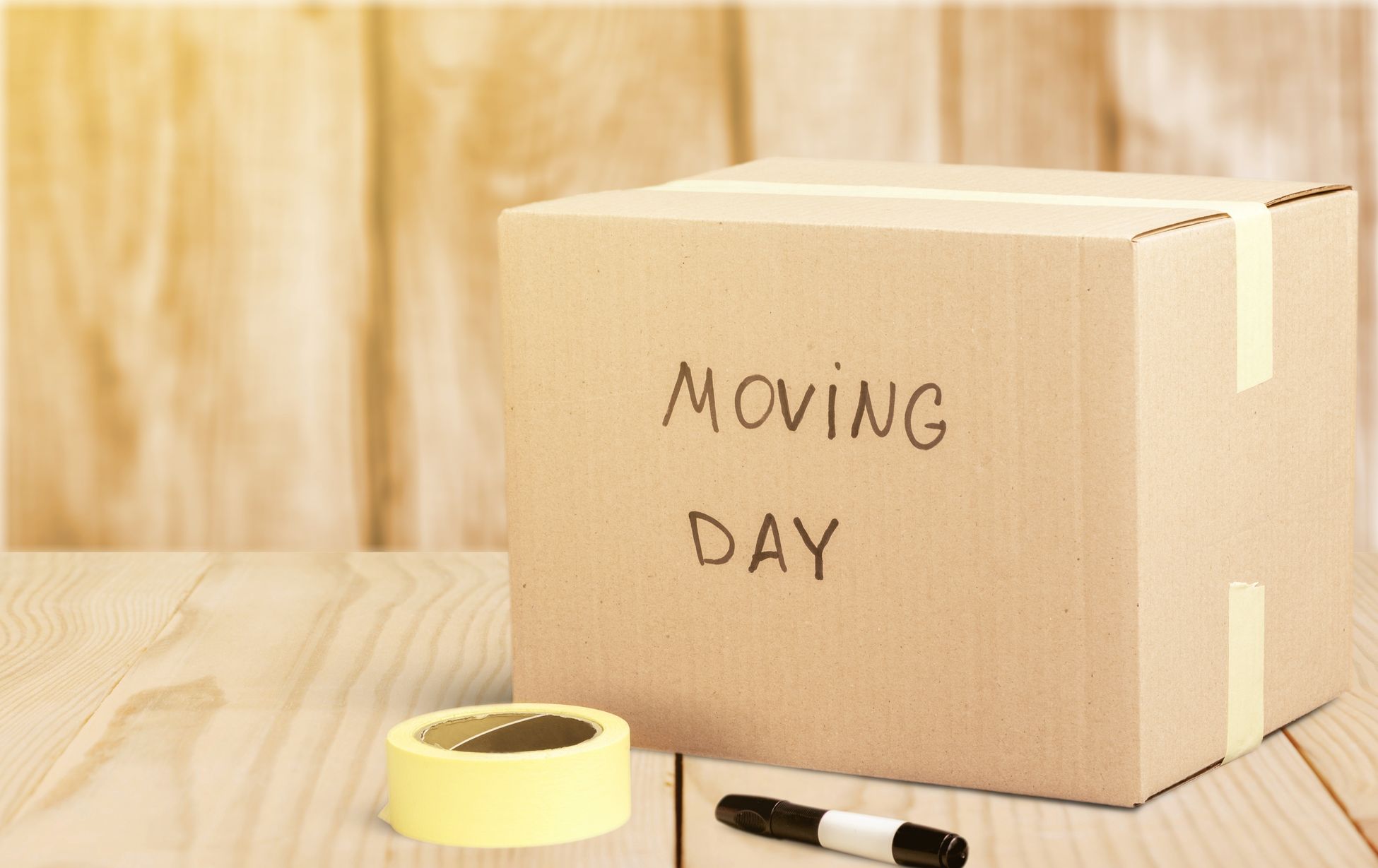
What Different Packing Materials Are Essential for Moving Internationally?
International moving introduces an additional layer of complexity owing to the extended transit times and the need for extra protection to withstand the various handling stages. So, what are the different types of packing-in materials? Essential materials include sturdy boxes of different sizes, bubble wrap, packaging peanuts, and packaging paper, each serving a specific role in safeguarding belongings.
Boxes – The Base of Every Relocation
Boxes are the foundation of any relocation preparations. For international moves, the utilization of different sizes is crucial. Small boxes are ideal for heavy items like books, ensuring the weight remains manageable. Medium boxes are versatile, accommodating a range of household items, while large boxes are reserved for lightweight, bulky items.
Specialty boxes enhance the protection of specific items. Wardrobe boxes, equipped with built-in hanging rods, ensure your packed clothes remain wrinkle-free. Dish packs, with their reinforced walls, are tailored for packed dishes, glassware, and various other fragile items, ensuring they reach the new locale unscathed.
Bubble Wrap – The Key to Protecting Fragile Items
Bubble wrap stands as a quintessential ally in the battle to protect fragile items. The air-filled bubbles provide a cushion, absorbing shocks and impacts during transit. Wrapping items in bubble wrap not only ensures safety but also provides peace of mind. For international moves, where belongings endure extensive handling, the role of bubble wrap becomes paramount.
Packaging Peanuts – Important Supply That Fills the Voids in Boxes
Packaging peanuts are instrumental in filling voids within boxes, ensuring items remain stationary during transit. Polystyrene peanuts have been popular due to their lightweight and excellent cushioning properties. However, the environmental concerns associated with them have paved the way for biodegradable options. Made from sustainable materials, these green alternatives decompose naturally, offering an eco-friendly solution to the cushioning needs when packaging for a relocation.
Packaging Paper – An Additional Layer of Protection for Your Belongings
Packaging paper is another essential resource, especially useful for wrapping items to provide an additional layer of protection. It prevents scratches and dings on surfaces and can be crumpled to fill empty spaces within boxes, minimizing the movement of items during transit. For international moves, where items are subject to various movements, the paper serves as an extra safeguard, ensuring that each piece arrives at the new city in pristine condition.
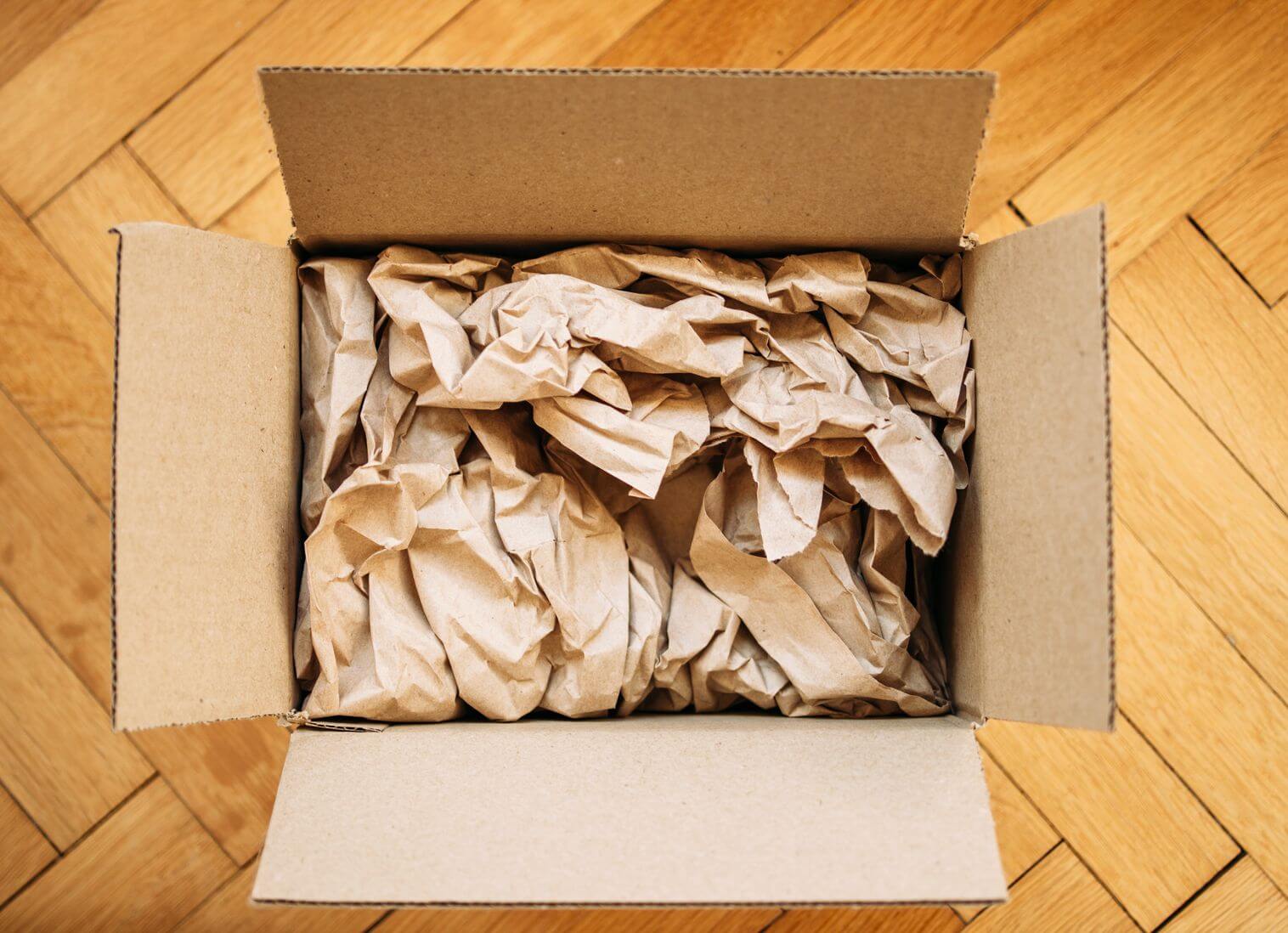
What Packing Materials Are Used for Fragile and Valuable Items When Moving Overseas?
When planning a relocation overseas, the vulnerability of fragile and valuable items is accentuated, necessitating specialized packaging materials to safeguard their integrity. While bubble wrap and paper are often more than enough, there are a couple of other materials you may want to consider using.
Utilize Foam Corner Protectors to Shield Against Impact
These protectors are essential in safeguarding the delicate corners of furniture and large framed items like artwork and mirrors. When shipping overseas, items can be jostled, and the robust foam acts as a buffer against impacts. The rigid yet cushioned structure of foam corner protectors ensures that the edges and corners, which are often the most vulnerable parts of any item, remain intact, retaining the value and aesthetics of each piece.
Stretch Wrap Is Great for Furniture and Bundling Items
Stretch wrap plays a dual role. Firstly, it clings to the surface of furniture, offering a protective shield against scratches, dust, and moisture. In the unpredictable environments of overseas transit, this shield is indispensable. Secondly, stretch wrap is instrumental in bundling items together. This utility is particularly beneficial for items with moving parts or those that are part of a set. The cohesive bond of the stretch wrap ensures that items remain as a single unit, mitigating the risk of loss or damage.
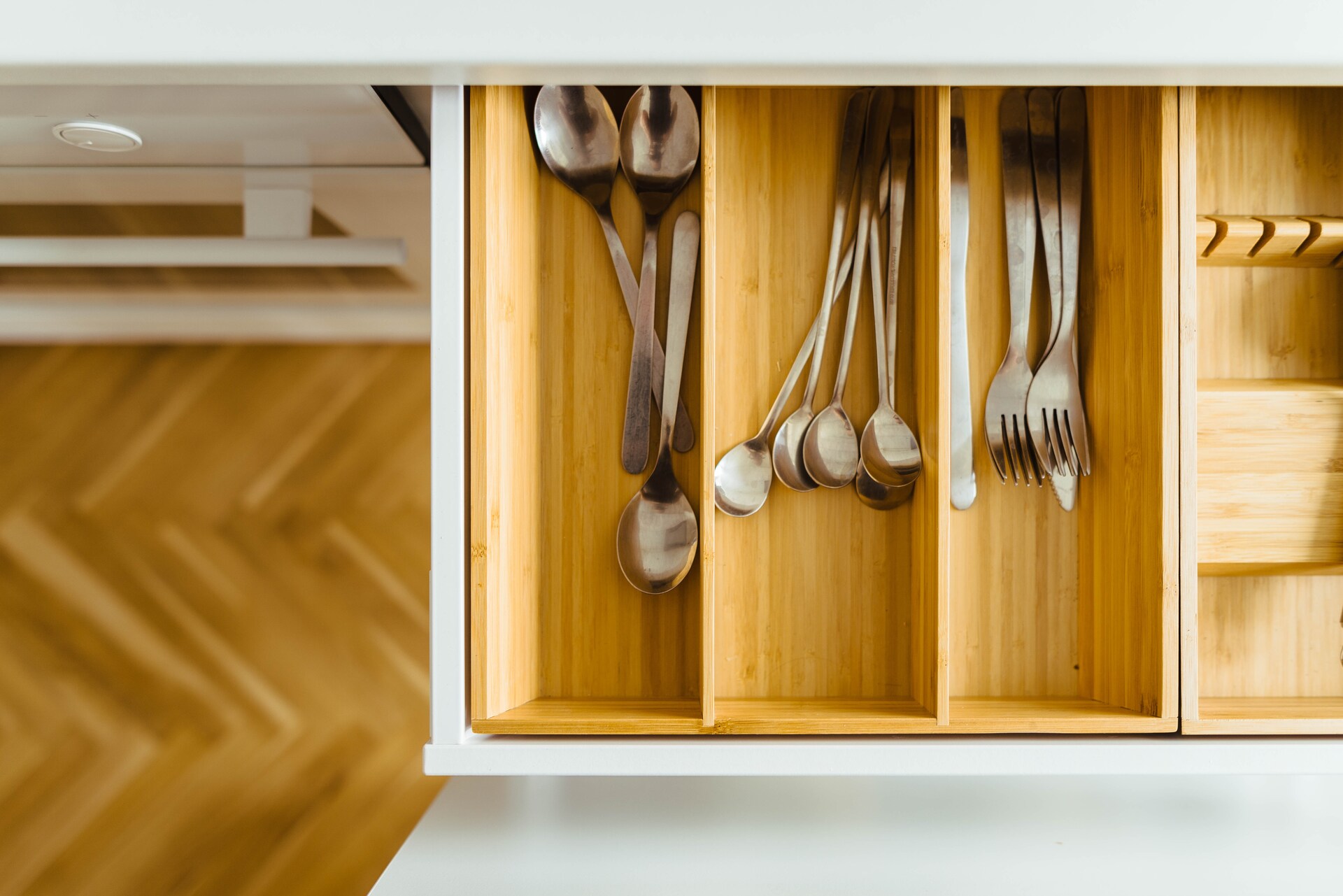
What Are Eco-Friendly Packing Material Options?
In the age of environmental consciousness, making eco-friendly choices during relocation is becoming more and more preferable. A variety of sustainable packing materials are now available, offering the same protection and durability as traditional options while minimizing environmental impact. With options like recycled newspaper, biodegradable packaging peanuts, and reusable moving bins, every relocation to another country can be a stride towards a greener, more sustainable future.
Recycled Newspapers as an Alternative to Packaging Paper
Recycled newspapers emerged as a green alternative to conventional packaging paper. They are readily available and provide ample cushioning for protecting fragile items from damage during shipping. By reusing newspapers, we contribute to waste reduction and promote the recycling ethos, a small yet significant step towards ecological preservation.
Biodegradable Packaging Peanuts Made of Natural Materials
The innovation of biodegradable packing peanuts marks another stride in eco-friendly moving. Made from natural, compostable materials, these peanuts offer the cushioning effect needed to secure items in transit. They dissolve easily in water, leaving no toxic waste, and present an opportunity to relocate without compromising the environmental integrity of our planet.
Reusable Moving Bins as a Replacement for Traditional Boxes
Cardboard boxes, though recyclable, can contribute to waste, especially when not disposed of properly. Reusable moving bins are made of durable plastic – they step in as a sturdy and eco-friendly alternative. They can be used multiple times, reducing the waste generated during moves. The enhanced durability also ensures the optimal protection of belongings.
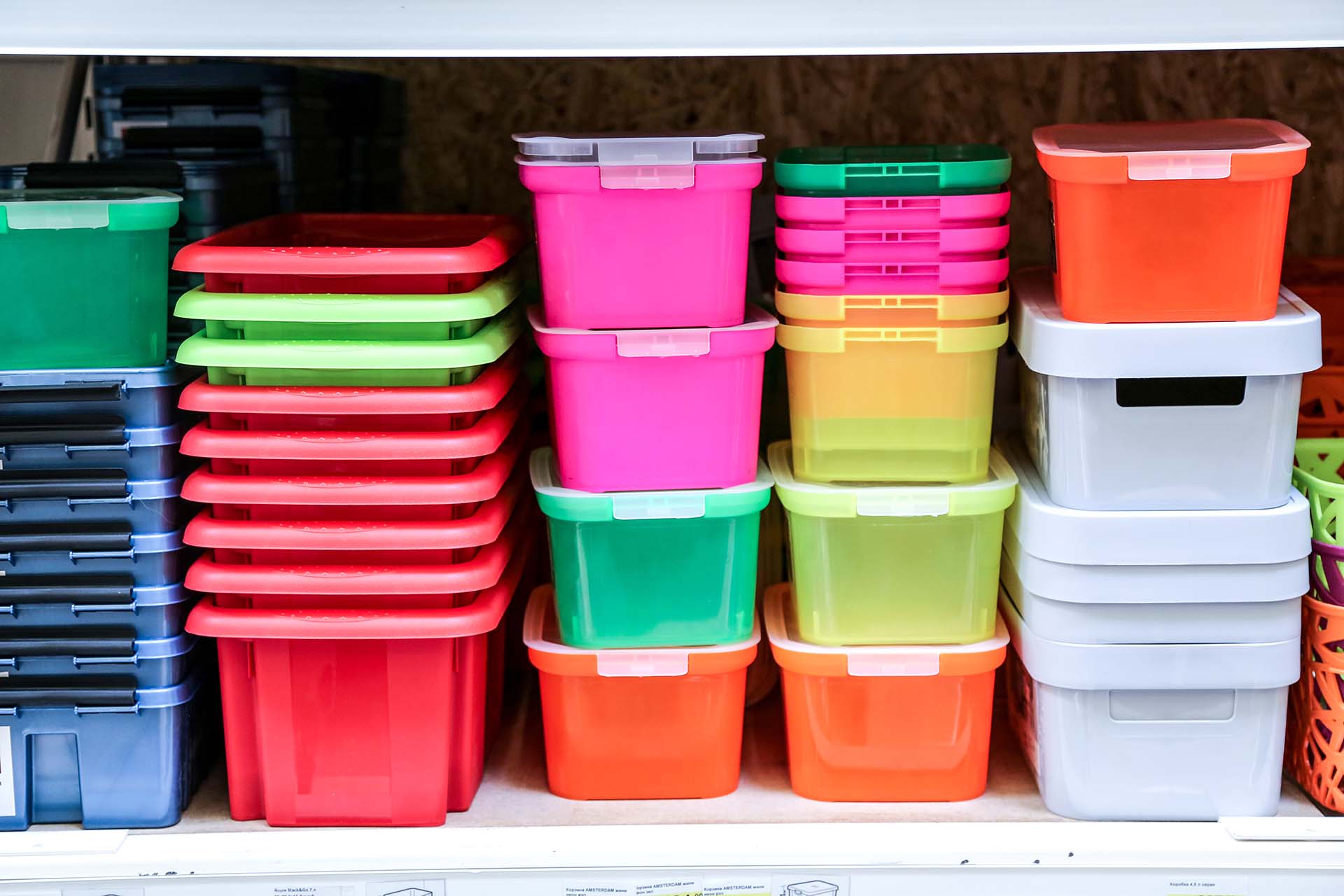
How to Use Packing Materials Effectively?
Effective utilization of materials and having a proper packaging schedule are cornerstones for ensuring a successful, smooth, and stress-free relocation experience. It’s not just about having the right materials at hand but about employing strategic methods to maximize their protective capabilities. Each item, from the fragile keepsakes to hefty appliances, demands a tailored approach to ensure it arrives at the new destination in pristine condition.
Use the Layering Technique
The layering technique is pivotal for optimal item protection inside the box. Begin with a base layer of bubble wrap or packaging paper to cushion the box’s bottom. Place heavier items first, followed by lighter ones, each wrapped individually for enhanced safety. Fill empty spaces with packaging peanuts or crumpled paper to prevent internal movement, then finish with a top layer of cushioning material to shield against impacts from above.
Avoid Overpacking Your Boxes
While it’s tempting to stuff boxes to capacity, overpacking undermines box integrity and complicates handling. To maintain structural strength, ensure the boxes are filled to a manageable weight. Distribute heavier items among several boxes and complement them with lighter fillers to maintain shape without compromising safety. Proper weight distribution aids in the easy and secure transportation of boxes, reducing the risk of injuries and damage to items.
Properly Seal All the Packages
Effective sealing is essential to box stability and content security. Use high-quality tape and apply generously along the box’s seams and flaps, ensuring a tight seal. Double-taping reinforces strength, particularly for boxes containing heavier or fragile items. The correct application of tape not only keeps boxes securely closed but also adds an extra layer of protection against external elements and stresses during shipping.

Making the Decision – Hiring Professional Packers From a Reputable International Moving Company
The task of moving internationally is not just about transporting belongings from one point to another – it encompasses the intricate process of packaging, a factor that largely determines the safety and integrity of your possessions. While DIY packing is an option, hiring movers to wrap everything for you often proves to be a wise decision. They bring expertise, experience, and skills to the table that ensure each item, from the fragile to the bulky, is handled with utmost care and precision.
The Pros of Hiring Well-Trained Packers
Choosing to engage professional packers as a part of international moving services can often be a pivotal decision in the relocation process. With the multitude of tasks and intricacies that accompany such a transition, having a team of skilled individuals handle the packaging can be both a relief and a strategic approach to ensuring the safety of your belongings.
Well-trained packers are adept at navigating the complexities of packaging various items, applying their specialized skills, and utilizing quality materials to ensure each piece is ready for the rigors of international transit. Here are some of the notable benefits of opting for professional packing services:
- Professional packers are trained to pack efficiently and quickly, ensuring that your belongings are ready for shipping in a timely manner.
- The experience of professional packers means they know the best methods for packaging different types of items, ensuring safety during transit.
- They come equipped with the right materials and tools, eliminating the need for you to source these supplies separately.
- Professionals are trained in safety protocols to handle your belongings with care, minimizing the risk of damage.
- Hiring professionals often come with insurance options, offering coverage for any potential damage or loss of items.
- Entrusting the task of packaging to professionals alleviates the relocation stress and physical strain associated with this labor-intensive process.
- Being adept at international relocating protocols, they ensure compliance with the customs and regulations of different countries.
Contact I Love International Moving – Our Overseas Shipping Company Can Help You Relocate Smoothly
Planning on relocating overseas? I Love International Moving is your trusted partner to ensure a seamless, stress-free transition. Our team of skilled professionals is equipped with the tools needed to handle every aspect of your relocation with precision and care. We’re dedicated to offering personalized solutions, ensuring your belongings are packed, handled, and transported with utmost safety.
Don’t leave your cherished possessions to chance – let us navigate the complexities of international relocation for you. Contact us today to get your free quote and embark on a journey where care, expertise, and peace of mind are guaranteed. Your smooth, hassle-free overseas relocation is just a call away!
FAQ
Yes, you can reuse old boxes, provided they are in good condition. Inspect for signs of wear, tear, or structural damage. The box should be sturdy enough to hold your items securely. It is crucial, especially for long-distance or international moves, to ensure the boxes can withstand the handling and transportation process.
Biodegradable packaging peanuts have grown in popularity as an eco-friendly alternative. They offer comparable cushioning and fill capabilities to traditional styrofoam peanuts. Made from natural, sustainable materials, they provide excellent protection for items during transit and can be composted or dissolved in water post-use, reducing environmental impact.
The amount of bubble wrap needed depends on the quantity and fragility of your kitchen items. Every piece should be wrapped individually, ensuring all sides are covered and secured. Assess the volume of kitchenware to be moved and consider buying rolls of bubble wrap so you can cut customized sizes to suit each item’s dimensions.
Indeed, there’s a risk of ink transfer when using newspapers, especially for items with porous surfaces or light coloring. It’s advisable to use plain packaging paper for such items or ensure a layer of plain paper is placed between the item and the newspaper to prevent direct contact.
